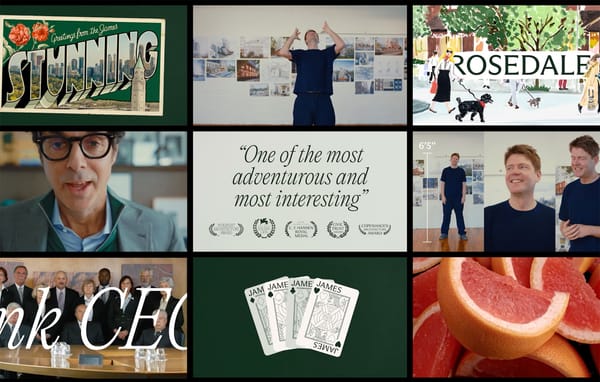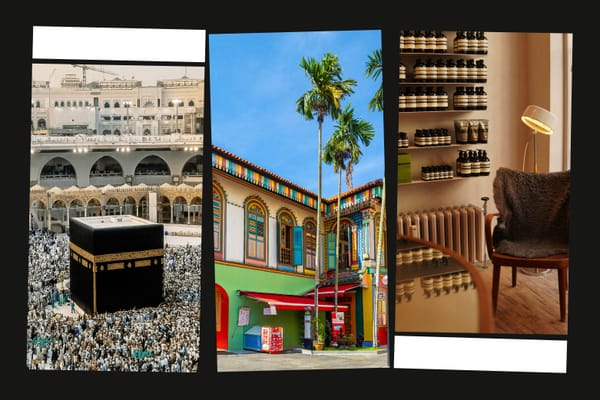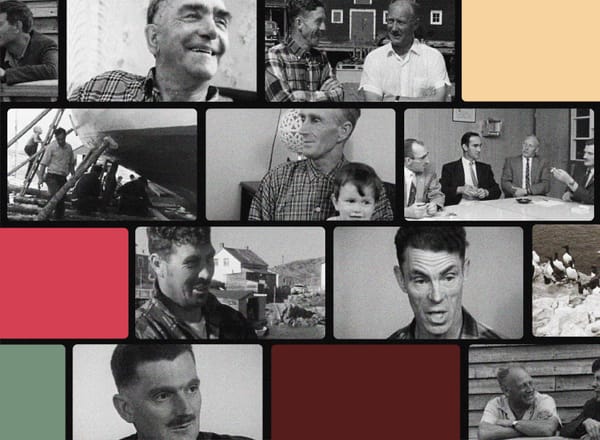The Poem that Saved Lives
How poetry serve practical purposes.
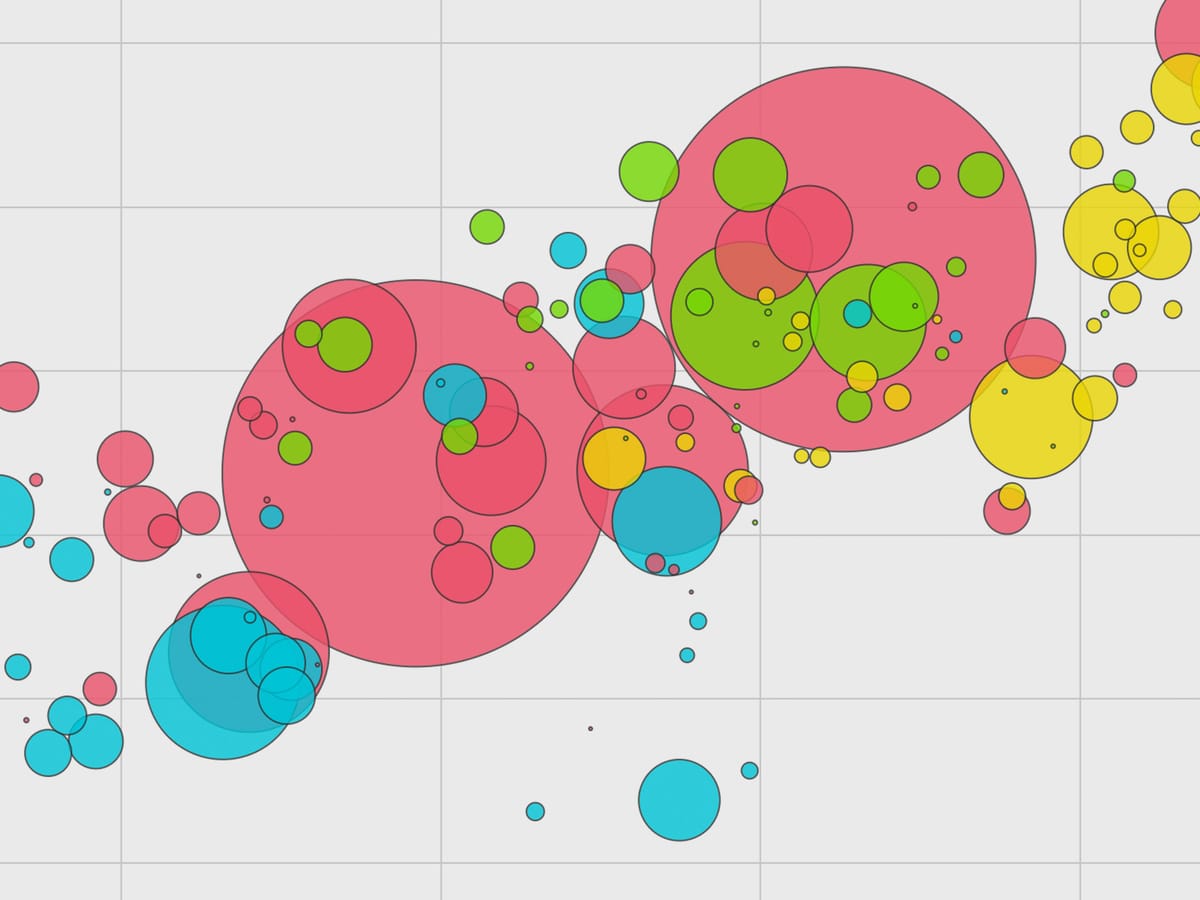
In high school, it became clear that I was heading toward a university education in English Literature. Not much planning went into the decision. My first choice was architecture, but I wasn’t on top of the prerequisite math, so I drifted to another passion: fiction. I didn’t anticipate the question that then followed me consistently: Oh, so you’re going to become a teacher?
The Master of Business Administration was invented in 1908 at Harvard. The expansion of industrialization in the early twentieth century demanded more disciplined approaches to management and business. In some ways, it represented the natural endpoint of a split between arts and sciences and, more broadly, an holistic approach to knowledge that started with the Enlightenment, where rational inquiry marked the rise of formal distinctions between science and the humanities.
Harvard taught a unified liberal arts curriculum until the nineteenth century. The University of Berlin first separated faculties when it was founded in 1810. A century later, the Flexner Report recommended drastic reforms to medical education in the US and Canada that resulted in a dramatic transformation of the medical profession into something far more science-based and research-driven.
The results were spectacular. The advances we can attribute to the modern scientific method represent cornerstones of modern human progress.
Hans Rosling, professor of International Health at Karolinska Institute in Sweden, famously relayed that progress in a series of visualizations through the Gapminder Foundation and his book Factfulness.
From the 1950s to the 2020s:
- Life expectancy improved from forty-five to seventy-three years
- Child mortality moved from one in three children dying before age five to one in twenty-six
- Literacy improved from 56% to 86%
- Extreme poverty moved from >40% to <10%
But a byproduct of this increasing focus on science and quantification was a shift in the perception of the value of the arts. In a recent episode of The Studio, Seth Rogen’s character gets into an argument with doctors about relative importance of filmmaking and medicine. He becomes more and more belligerent, making a losing argument that pulp-zombie flicks are as important as pediatric cancer research.
This perception is the accepted norm in our society. Science and business are seen as serious pursuits. The arts are understood as secondary. But what if we’re missing the point?
The Fogo Island Inn is a small hotel on the coast of Fogo Island, which is a small island off the coast of Newfoundland. There are only twenty-nine rooms and each was designed with care to reflect the local culture through a modern lens. One unique and somewhat obscure feature of the inn is an inscription in the showers. Each shower has a small snippet of a longer poem called “Wadham’s Song” engraved into a tile.
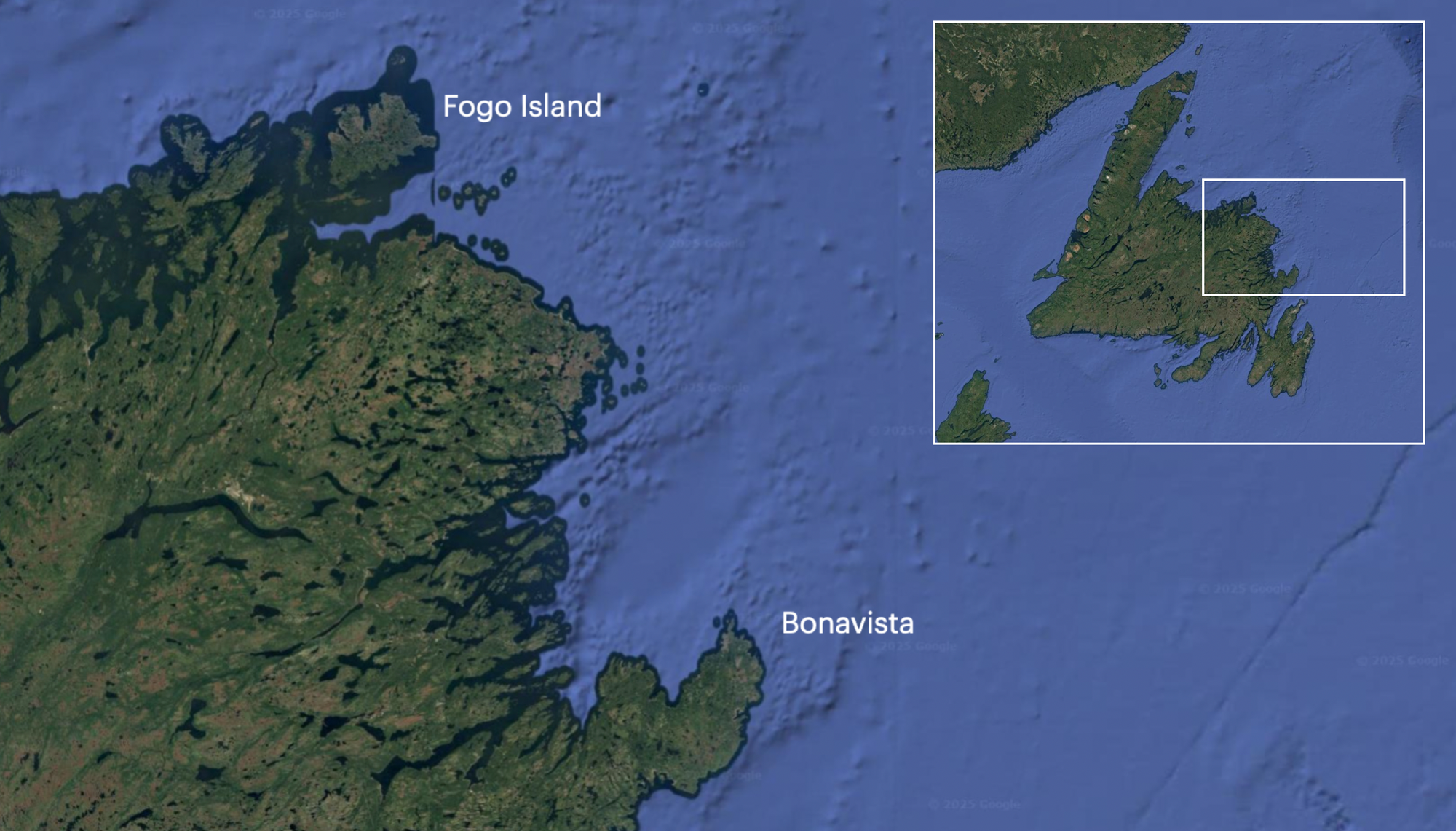
“Wadham’s Song” is a pilot verse—a form of navigational aid set to rhyme. While intended to be primarily recited, some sources suggest it was sung to the tune of “I’ll Tell Me Ma,” a well-known Irish folk melody. This practice of setting navigational instructions to familiar tunes made them easier to remember and share among sailors.
Excerpt from Wadham’s Song
When Joe Batt’s Arm you are abreast,
Fogo Harbour bears due west,
But unkind fortune unluck laid
A sunken rock right in the trade.
So, nor-nor’west you are to steer,
Till Brimstone Head it doth appear,
Which over Pilley’s Point you’ll see,
That of that danger you are free.
And as you draw within a mile,
You’ll see a house on Symes’s Isle;
The mouth of the channel is not very wide,
But the deepest water is on the larboard side.
The song is preserved in various Newfoundland folk collections and is recognized as a valuable artifact of the province’s maritime heritage. It exemplifies the practical use of oral tradition in ensuring safe navigation and reflects the deep connection between Newfoundland’s communities and the sea.
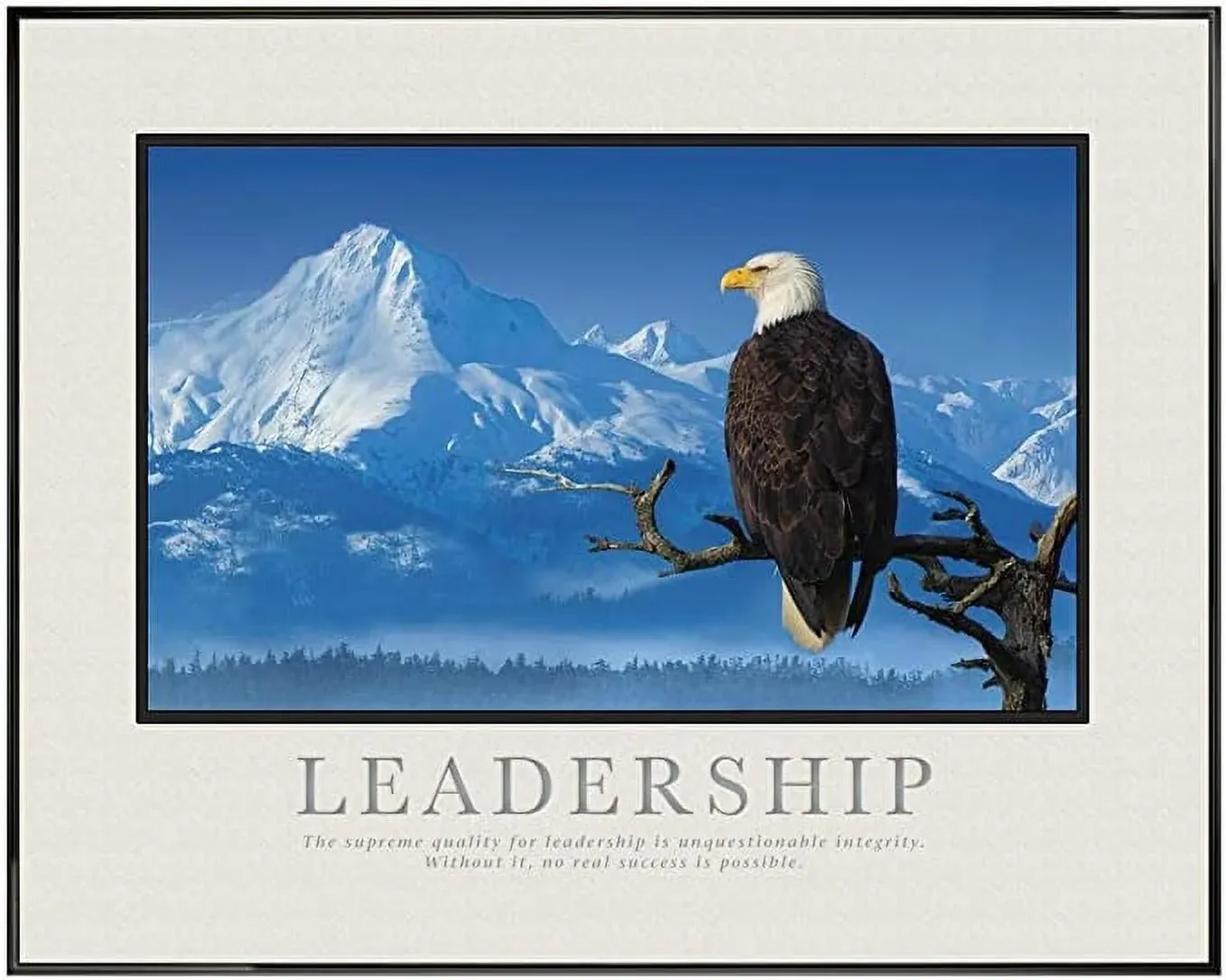
This practice has been lost but points to features of poetry and art, like the mnemonic and inventive nature of verse, that are gaining more credibility through contemporary scientific research. A common challenge in business strategy is embedding it into the culture of an organization. So many corporate values statements include words like authenticity, innovation, and integrity. These words are so overused that they become devoid of meaning.
The Holstee Manifesto captured the imagination of many when it was released in 2009. Rather than a simple practical outline of the company’s objectives and mission, it was written to stir emotion.
The Holstee Manifesto
This is your life.
Do what you love, and do it often.
If you don’t like something, change it.
If you don’t like your job, quit.
If you don’t have enough time, stop watching TV.
If you are looking for the love of your life, stop;
They will be waiting for you when you
Start doing things you love.
Stop over-analyzing, life is simple.
All emotions are beautiful.
When you eat, appreciate every last bite.
Open your mind, arms, and heart to new things and people,
We are united in our differences.
Ask the next person you see what their passion is,
And share your inspiring dream with them.
Travel often; getting lost will help you find yourself.
Some opportunities only come once, seize them.
Life is about the people you meet,
And the things you create with them
So go out and start creating.
Life is short.
Live your dream and share your passion.
The direct, earnest, and innocent expressive tone of the Holstee Manifesto moved past the confines of the company and united a wide range of global entrepreneurs around an inspiring shared ideology. Emotion eats reason for breakfast.

A 2004 study named “The Role of Emotion in Strategic Persuasion” found that emotionally framed strategies were significantly more persuasive. The same strategic content was presented to participants, but in one case the content was framed in a way that evoked pride, shared struggle, and urgency. The other was presented in a way that was more neutral and logical and more dry, factual, and without emotional language.
Participants who experienced positive emotions (inspiration, pride) were more engaged with the content, more likely to adopt the strategy, and more confident in its prospective success.
If you are a practitioner in a creative field you understand that not all work is created equal. The practice of creativity is fraught with challenge. What seems like magic to “non-creatives” is, in fact, an often tedious process of experimentation, iteration, and editing. The image of the creative person spinning magic out of thin air is nothing more than a myth, yet practitioners of more “serious” pursuits do not take creative labour as seriously—largely because it’s not something that can be quantified, commoditized, or scaled.
As we move toward a more generative-AI-driven world, where quantification and technical knowledge are no longer the realm of trained experts, style, taste, and subjective creativity will become more important. Art and science may be reunited as we learn to recall the profound value of holistic thinking that combines logic and intuitive creativity.
The opportunity is to continue incorporating creative talent into the heart of science and business strategy (continuing to put the “A” in STEAM). It’s one thing to get values and mission statements “right.” It’s another to make them sticky, memorable, and heartening. By merging logic and emotion, scientific progress becomes more enduring and effective.

